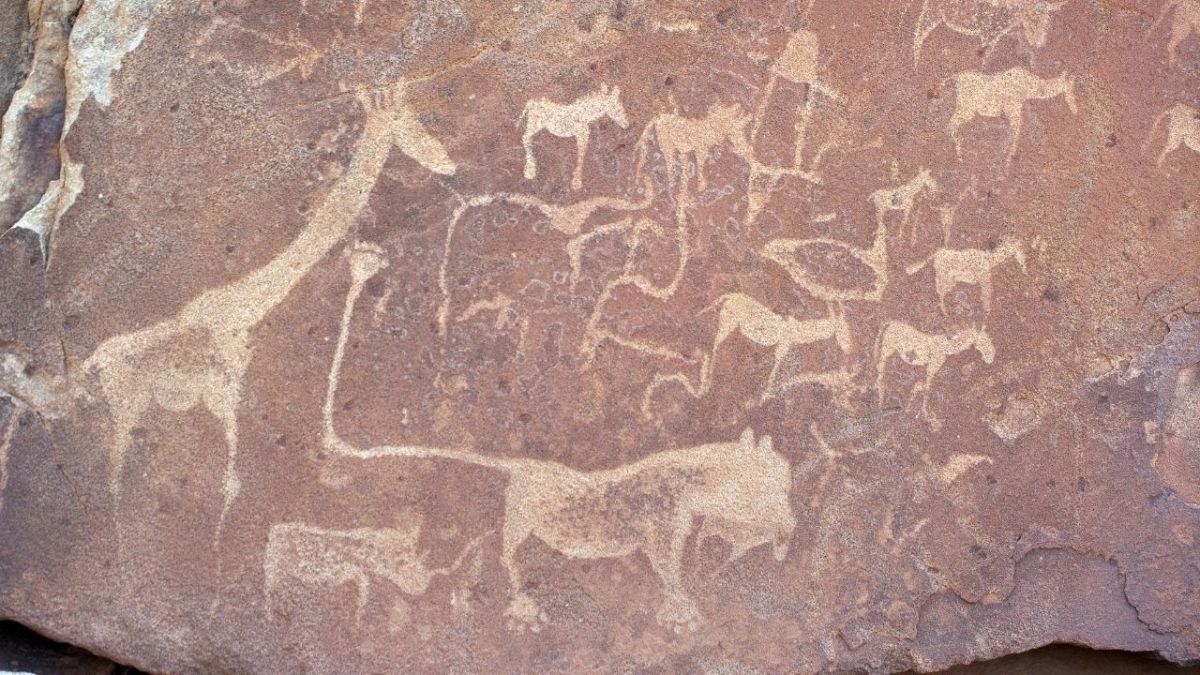
7 hunter-gatherer skills you should practice in case modern daily life breaks down
👉 The key facts from this guide
- Learn to observe: Pay attention to patterns in your environment, such as the movement of the sun, wind direction, and sounds.
- Make fire: Fire is essential for warmth, food preparation, and protection from wild animals.
- Simple weapons: Know the natural weapons for defense and hunting, such as knives, slingshots, spears, and bows and arrows.
- Orientation: Learn how to orient yourself without GPS or other technologies.
- Identify, collect, and prepare wild plants: Know the local plant life and which herbs are edible.
- Find or build shelter: During quick weather changes, a safe shelter is vital.
All the great skills for living off the land have long been forgotten by most people, and it is difficult to remember them all.
When it comes to surviving in the wilderness and making life easier, you should learn the right skills.
These skills may not be as common as what you find in a city, but with this guide, you will learn about each one of them.
Here are 7 important hunter-gatherer skills that will make your next outdoor trip more effective and enjoyable.
The Hunter-Gatherers: A Life with Nature
With survival and prepping, the focus is on preparing for all possible eventualities and knowing what options are available to us in extreme situations.
We have mostly grown up in a society where we no longer have to worry about our most essential resources, such as food and water.
Agriculture and advancing technologies have taken this responsibility away from us. While this creates room for new opportunities, it also disempowers us.
Unprepared and without experience, we do not know what to do when modern life is paralyzed.
Worse still, we may panic and make irrational decisions that seriously endanger us.

So, the question is:
How do we acquire the knowledge that can secure our survival in such life situations?
One of the most reliable sources are people, especially our ancestors, who have been in such situations and experienced them as everyday life: the hunters and gatherers.
In this guide, I will explain the most important skills of the oldest tribes and cultures of hunters and gatherers.
What characterizes a hunter-gatherer?
Hunter-gatherers are local communities and indigenous peoples who distinguish themselves by their form of food procurement.
The associated people earn their food by hunting wild animals, fishing or collecting wild plants and small animals.
This includes special knowledge and skills about the surrounding fauna and flora of the culture.
These mostly small groups of people are highly dependent on nature, but in turn, independent of any technology and agriculture.
In the Stone Age, many tools were made from connections with stones, such as the hand axe, knife, or ax. The hand axe was used for all kinds of tasks and provided the basis for special tools.
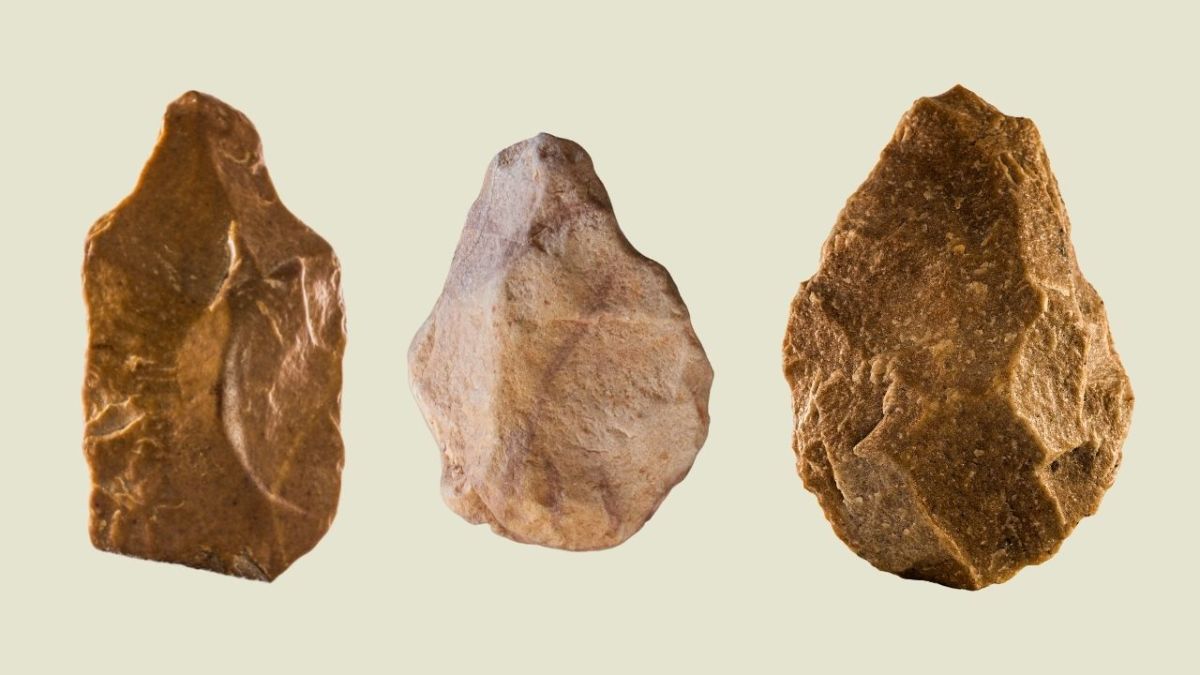
At this time, the groups of people were mostly nomadic and had no fixed resting places. With the advancing development of tools from clubs to spears and from spears to bows and arrows, food procurement was perfected.
This improvement in hunting success led to the creation of a food basis and, consequently, a limitation of the hunting area. It was possible to establish first stopping places with fixed huts.
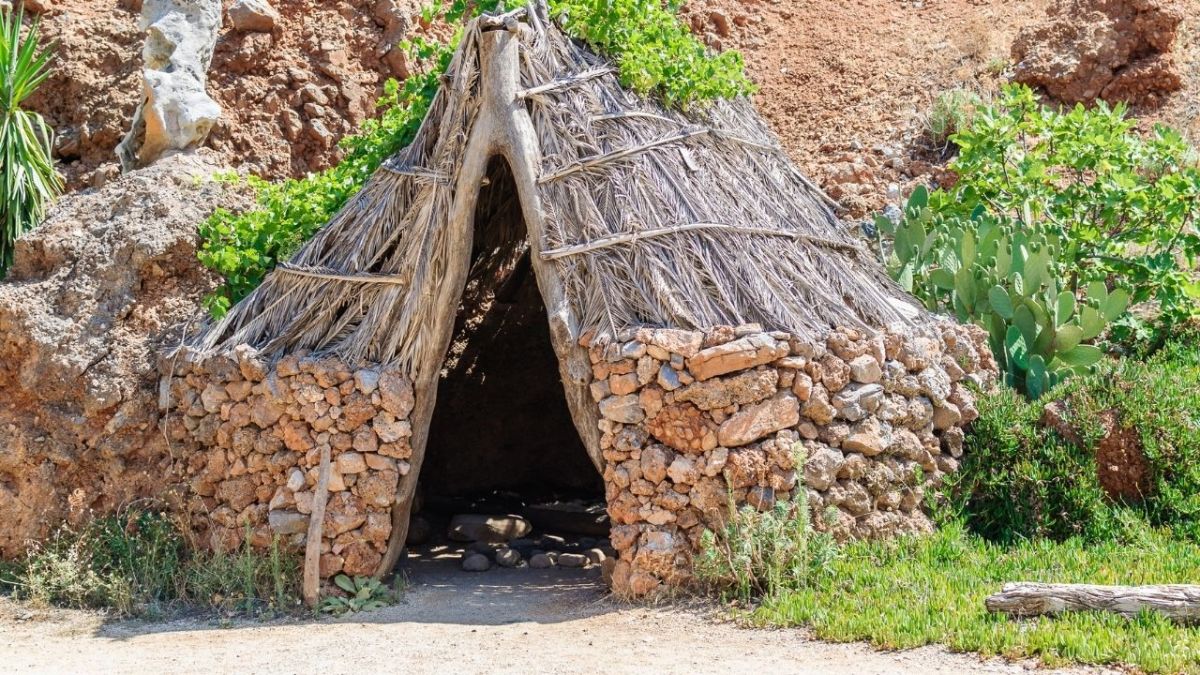
Proof of fishing dates back a whopping 42,000 years (see Wikipedia). At that time, fishing was already being done with a gorge hook (also called a stick-shaped fishing hook) (read more about ancient fishing methods here).
Even today, there are still tribes or peoples who partially provide their food through hunting and gathering. However, this economic system requires large, natural areas, which are becoming increasingly scarce due to industrialization.
Even smaller groups in the remotest corners of the earth are sometimes dependent on wage labor and sell art or something similar.
Traditional Food Sources of Hunters and Gatherers
As stated above, the original hunters and gatherers were nomads. Mobility was their survival strategy.
They roamed through various areas and had to be flexible in their search for food since resources in one area were finite.

The following food sources are used by most groups of hunters and gatherers:
- Mammals
- Fish
- Birds
- Reptiles
- Amphibians
- Fruits
- Roots
- Nuts
- Seeds
- Eggs
- Wild grains
If you want to prepare for an economic collapse or an SHTF situation, you cannot avoid these food sources.
If you would like to live independently of modern technology, you should know how to use these sources of food for yourself. To achieve this, you can make use of the most original skills of our ancestors!
The Skills of Hunters and Gatherers
For nomadic peoples, strong adaptability is of the utmost importance because they had to use what the surrounding nature provided them with.
There were no supermarkets, refrigerators, or toolboxes yet. The better the group knew an environment, the better their needs could be satisfied.
At the same time, they had to travel long distances and get to know and explore new areas.
That means, for example, tracking an animal (here is my beginner guide and here you learn tracking in the snow) herd over hundreds of kilometers and keeping orientation. Here, every misstep and missed learning opportunity could mean the death of a member or even the whole group.
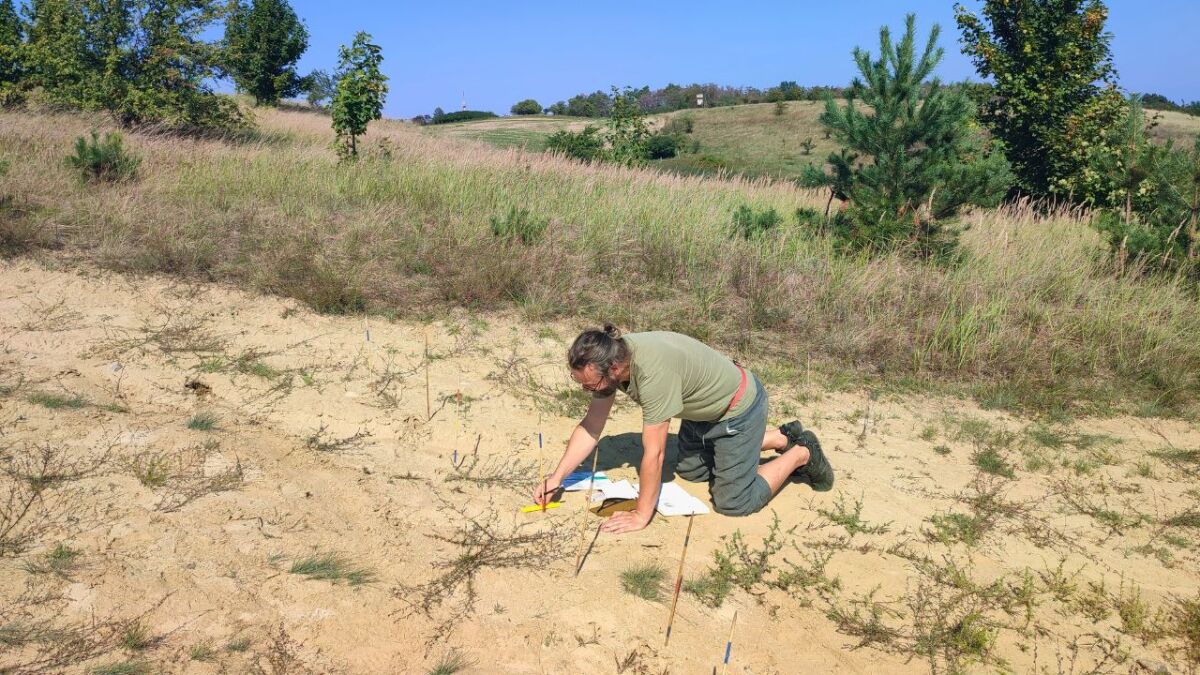
Many survivalists have an emergency plan for the worst-case scenario, which involves surviving in the wilderness without any external provisions.
This may seem impossible for many at first, but I want to give you some skills here to prepare yourself for such a situation:
1. Learn to Observe
The ability to observe and know what to look out for is essential for survival in the wilderness.
- Where does the sun rise, and where does it set?
- What patterns are emerging in your environment?
- What trees grow there?
- In which direction is the wind blowing?
- What noises do you hear?
Observing should not only be with your eyes, but with all your senses.
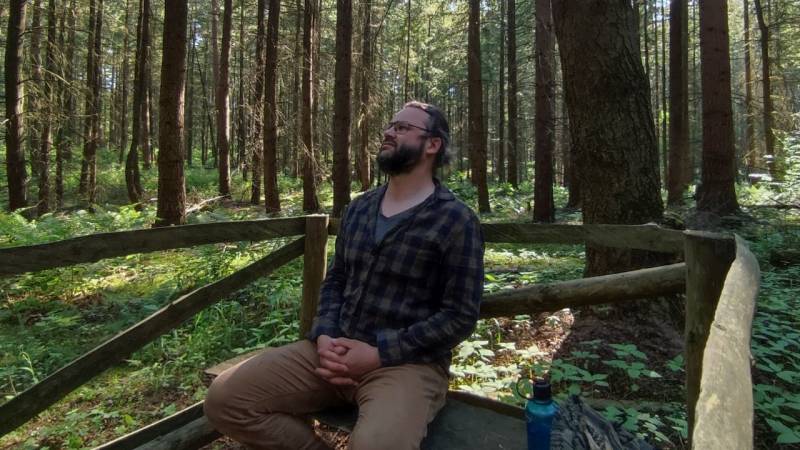
Observing your surroundings sensitizes you to changes in weather (like thunderstorms), tracks in the woods, or other phenomena that can secure your survival. So, long before a storm begins, you can look for cover or locate a frequently used path for wildlife crossings.
For this, I want to give you a small exercise from wilderness education: The Sitting Place. This method has given me many aha moments during my training as a wilderness educator.
The sitting place is an exercise to train your senses and merge with nature. To achieve this, find a place in nature that you can easily reach and where you won't be disturbed. This allows you to visit the spot regularly.
Make yourself comfortable in this place and sit here for an hour. Observe your environment and just be at the moment. This will be very difficult at first, especially in dealing with your thoughts.
Just let them be and don't give the storm of thoughts too much attention. After some time, you will notice the first changes. Birds follow their usual patterns again, mice come out of their hiding places, and maybe a deer passes by.
The next step is then the owl gaze. Here you try to maintain a wide gaze and not to focus. This also requires practice!
Practice this exercise once a week, and you will become a real pro at observing.
The most important thing is to have fun! Don't put pressure on yourself and don't force yourself to do anything. Even with your eyes closed, you can observe what is happening around you. Listen to your feelings and follow your intuition. What feels good right now?
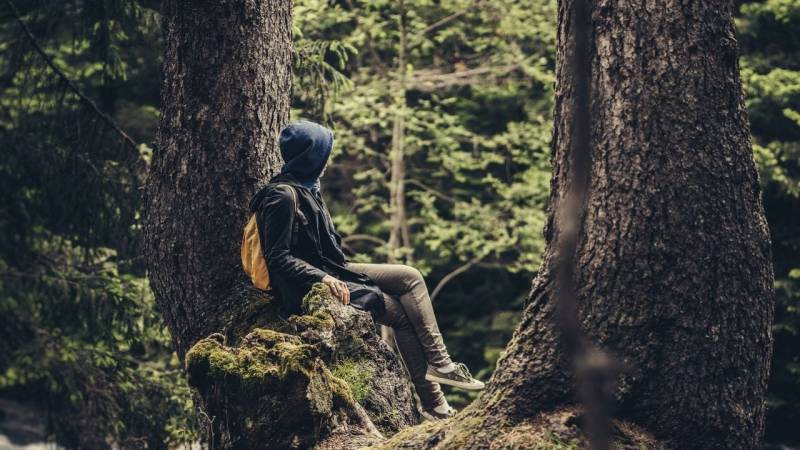
P. S. Are you curious about the seat routine now? Then read my complete guide about it.
My exercise suggestion: Go to the forest, the park, or wherever you can observe nature. Then increase your perception: Seeing, Hearing, Smelling, Feeling. Allow 30 minutes for this exercise.
2. Making Fire
I know: Fire is obvious and essential. Nevertheless, I want to mention it here because it is also one of the most significant skills for hunters and gatherers.
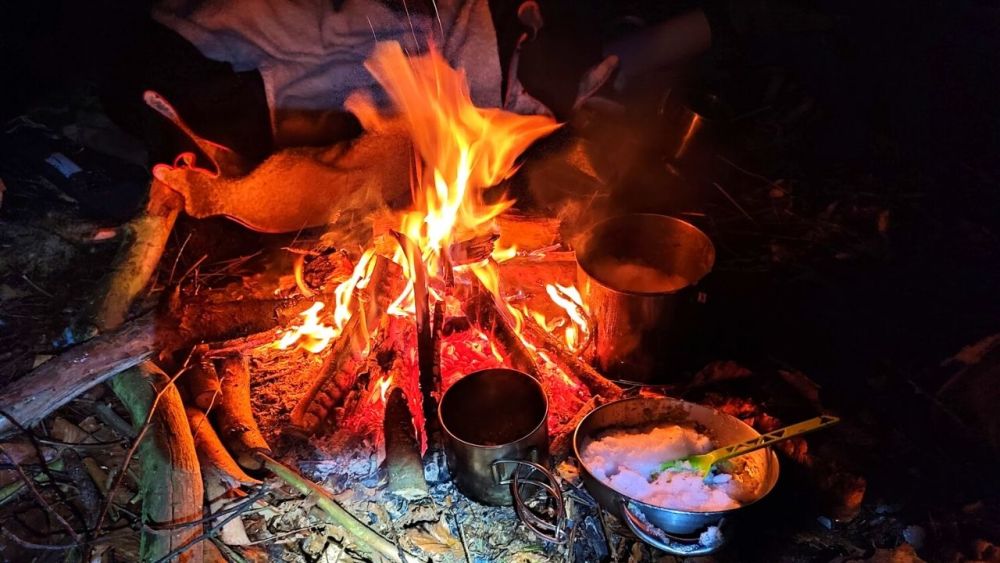
Fire keeps us warm, boils our water and our food, keeps wild animals away from our campsite, and brings a spiritual warmth to the group.
Here it is important to use natural materials to get a fire, for example with the bow drill, hand drill or bamboo saw.
Here you can find instructions on how to light a fire with a bow drill. And here's a video on how to use a bamboo saw:
Of course, you don't have to rely solely on nature, you can also use anything else! Therefore, you can use a magnifying glass, a light bulb, cotton, or even a lighter. It is only advisable to use wood in the most extreme emergencies.
My exercise suggestion: Just start and grab a match to light a fire. Read my detailed guide on how to light a fire with just one match: How to Light a Fire with Just One Match. Once you have mastered that, you can move on to more difficult methods.
3. Simple Weapons
Depending on the situation you are facing, weapons can be crucial tools for defense and hunting.
Different from in North America, most people in Germany cannot rely on firearms unless you have a hunting license. Therefore, it is important to know what weapons nature provides for you.
Useful here are knives, slingshots, spears, spear throwers, but also bows and arrows can be made from natural materials.
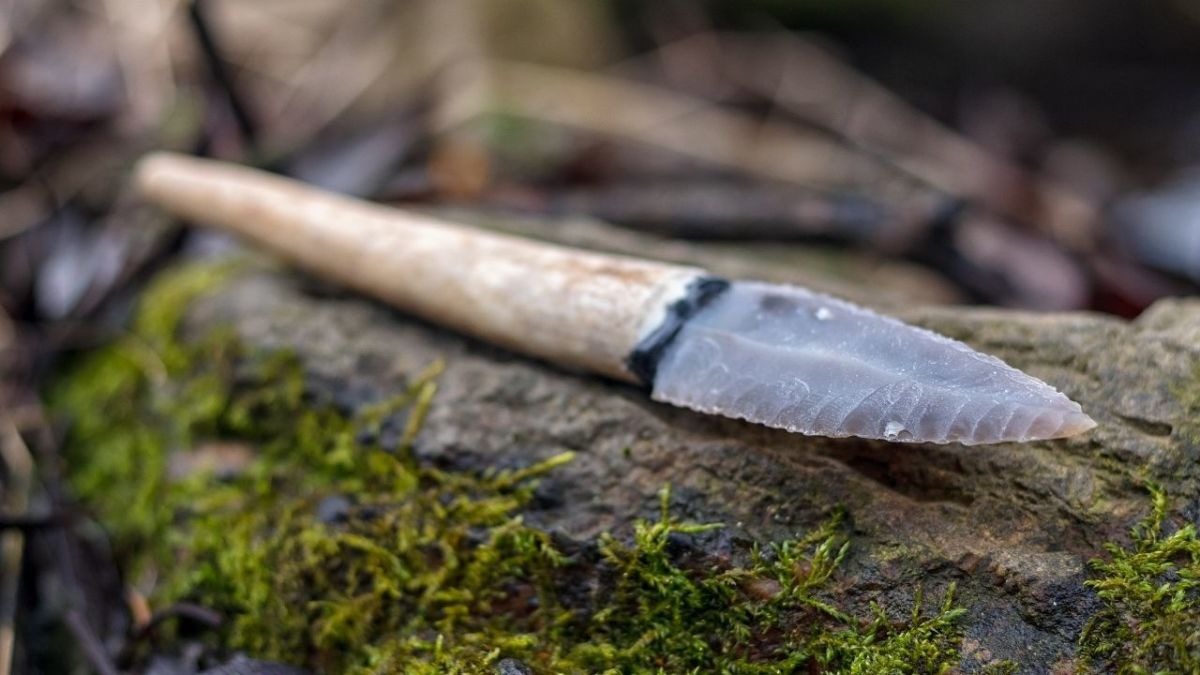
Here I would like to give you a short guide to building a bow:
- For the bow, you first need a long, flexible branch (preferably ash, elm, or hazel). The branch should be about one meter long and 1.5 centimeters thick.
- You can generally weave the bowstring from nettle fibers and then connect it to the branch. Alternatively, you can also use other strings with a certain elasticity. Nylon is often used.
- Carve a notch into the wood at both ends of the bow. The notch must be deep enough so that the string does not slip out. Now tie one end of the bow and loop the other end to tension the bow. Pull it tight and you have built your bow!
- For the arrows, you require straight branches from willow or hazel wood and feathers for the end. You can either sharpen the branches or clamp a stone for the tip. At the other end, you need a notch to tension the arrow in the bow. Cut the feather in half and attach it at a right angle to the notch.
Here it is all about trying and constantly improving!

My exercise suggestion: Grab a long stick and carve a spear out of it. You can find the complete instructions in my E-book. If you want to challenge yourself even more, create a hand axe.
4. Orientation
As mentioned earlier, it is essential to thoroughly study and get to know the environment. This is the next step after observation and can be done in an area that you already know.
You should use a map for this, as GPS, GPS devices, or similar technologies may fail you in extreme situations.
Furthermore, you should have a compass with you and know how to use it.
Alternatively, there are many methods to navigate without a compass. You can study the stars and sun to determine the direction based on them. In addition, the sun helps with time management.

It is also helpful to know the signs that indicate a nearby water source. Ideally, you already know the streams and rivers in your area.
Finally, you should start to reliably estimate distances. You should practice this now with technical aids.
My exercise proposal: go out during the day and try to orient yourself with the sun using various methods. This can initially be done very roughly. Your next step is to use the shadow stick method.
5. Identify, collect and prepare wild plants
In addition to hunting, it was important to identify and use plants to meet the group's nutrient needs.
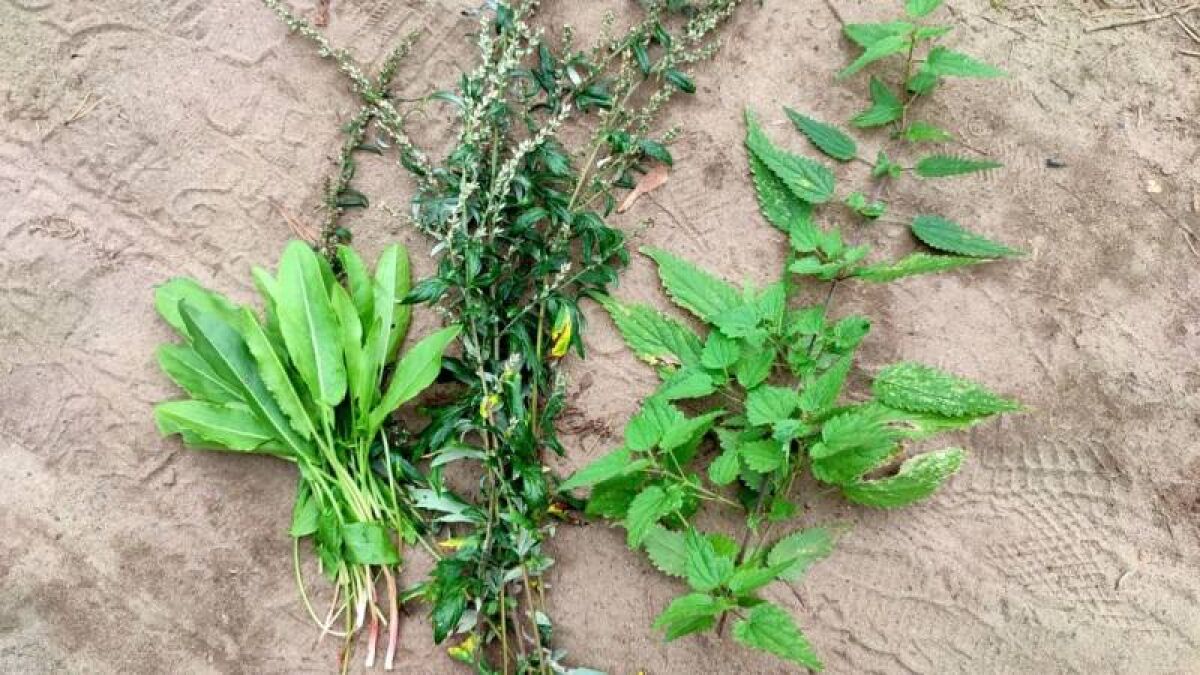
For this purpose, it is essential to reliably identify the local plant world and know which herbs are edible.
Furthermore, it is helpful to know the nutrient composition and their medical significance. This way, you can defuse potentially dangerous diseases and injuries.
I recommend that you thoroughly engage with this topic of plant-based emergency food and potentially acquire a book for identifying edible plants (e.g., Edible wild plants: identifying and using 200 species).
These questions are essential when collecting wild herbs:
- Where does the plant grow?
- When is the best time to harvest?
- Which parts of the plant are edible?
- What can the plant be used for?
- Which plants are common in your homeland?
- What characteristics should I look for when identifying the plant?
- How do I harvest the plant?
- How do I prepare the plant safely?
- Which plants are easy to confuse with each other?
- What are the risks of improper preparation of wild plants?
- How do I make medicinal tinctures, infusions, teas, extracts, and ointments?
Here you can find my guides on Spring herbs and Autumn herbs.
My practice suggestion: Go outside, to the park or the forest. Try to identify the first plant that catches your interest. Sketch it and write down its characteristics. You can then use an app or your book to determine it at home.
6. Finding or Building Shelter
During fast weather changes, hunters, and gatherers had to find safe shelter quickly, which also provided enough space for the group.
Extreme weather conditions often have fatal consequences for a community without shelter, so this should also be one of your priorities. However, you usually won't build a good shelter within the first day. Practice makes perfect here too.
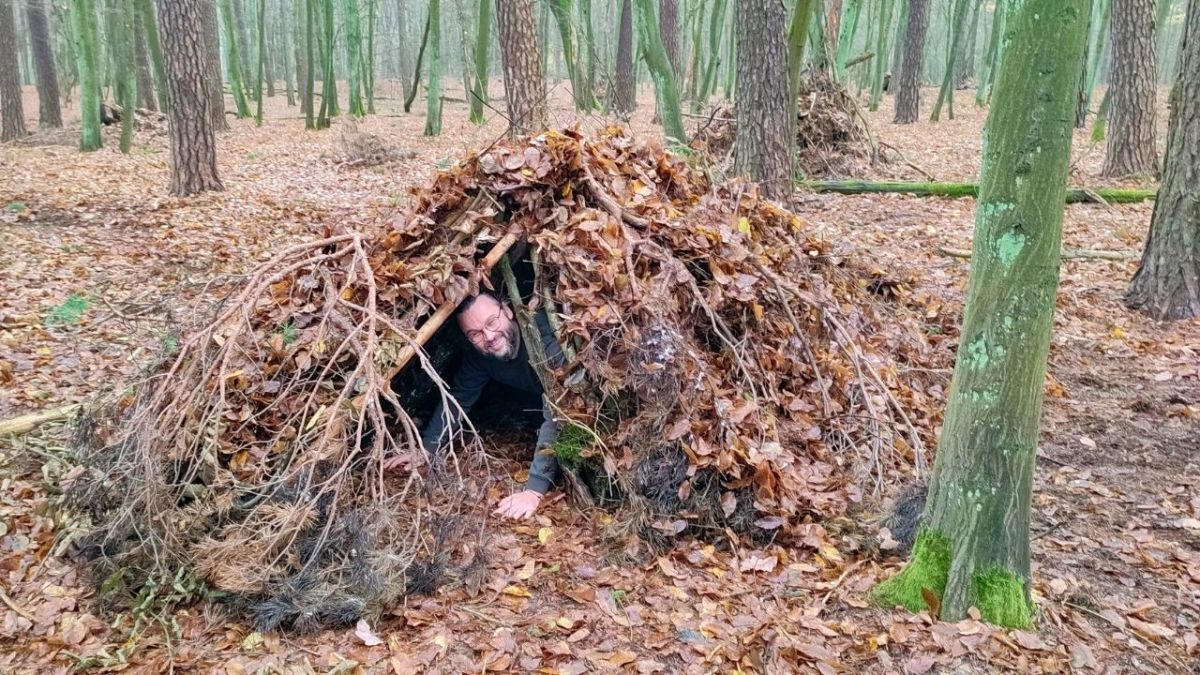
Here is a guide to building a bushcraft shelter.
You can also look for caves and gradually prepare them to meet your needs. It is important to choose the right place for your shelter!
My practice suggestion: Go to a forest with plenty of leaves on the ground and start building a shelter. Remember that it takes time to build a complete shelter, so feel free to do it in stages.
7. Tracking Wildlife and Reading Animal Tracks
Typically, a single animal track is enough to glean a lot of information about the animal and its behavior.
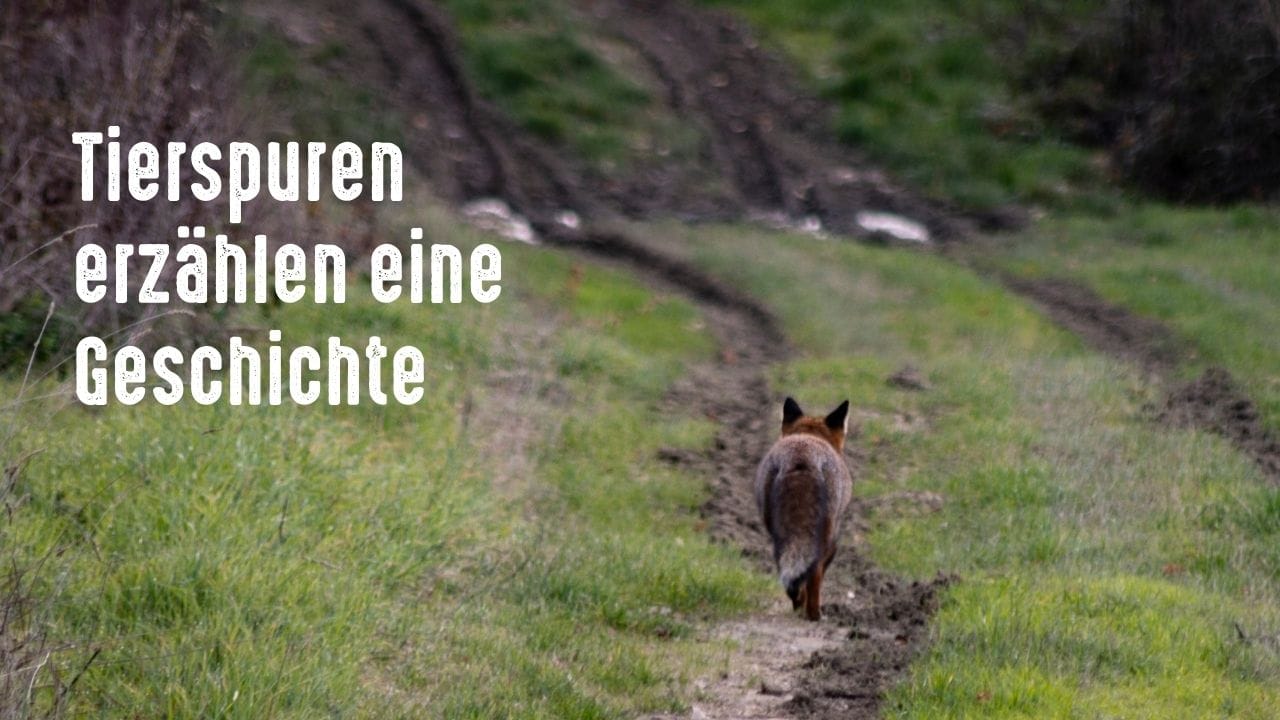
Tracking (here's my beginner's guide) is of great importance both for hunting and for getting to know your surroundings. Animal tracks can provide information not only about their location, but also about sources of food and water.
Here I would like to give you some pointers that were extremely useful for our ancestors. In combination, I recommend a book of your choice to delve deeper into the subject.
- How do you identify animal feces and tracks?
- Which animal species are commonly found in your environment?
- Which weapons are suitable for hunting, and how do I use them?
- How do I build traps and set them up?
- How do I fish and then prepare the fish?
- How do I prepare small animals?
- How do I prepare large animals?
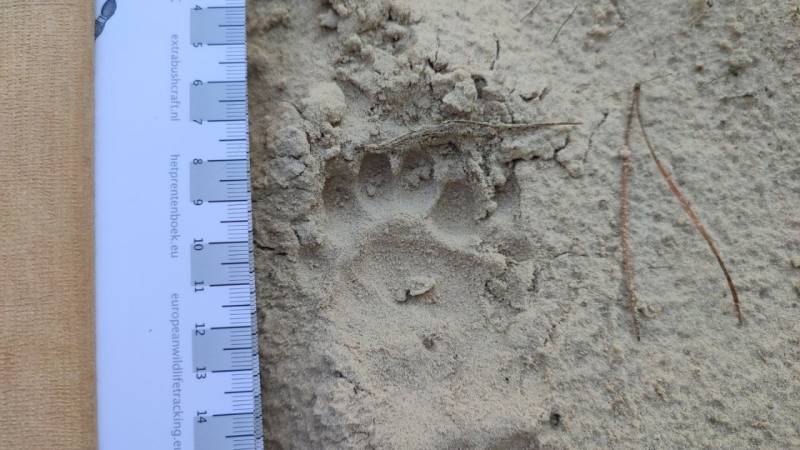
My exercise recommendation: Grab a piece of paper and a pen and try to find tracks and trace them. You can find tracks, for example, in puddles, by bodies of water, on the beach, under bridges, or in old gravel pits. Trace the track and take a photo. Then, at home, try to identify the track with a book or with my track's database.
Additional hunter-gatherer skills you should practice
I've mentioned the most important skills, but there are still some more:
- Tool making and flint knapping
- Finding food, processing and using natural ropes
- Skinning, tanning and using animal hides
- Finding, processing and using clay
- Food preservation without refrigeration or heat
- Basket weaving and container making
- Bird language, behavior and traps
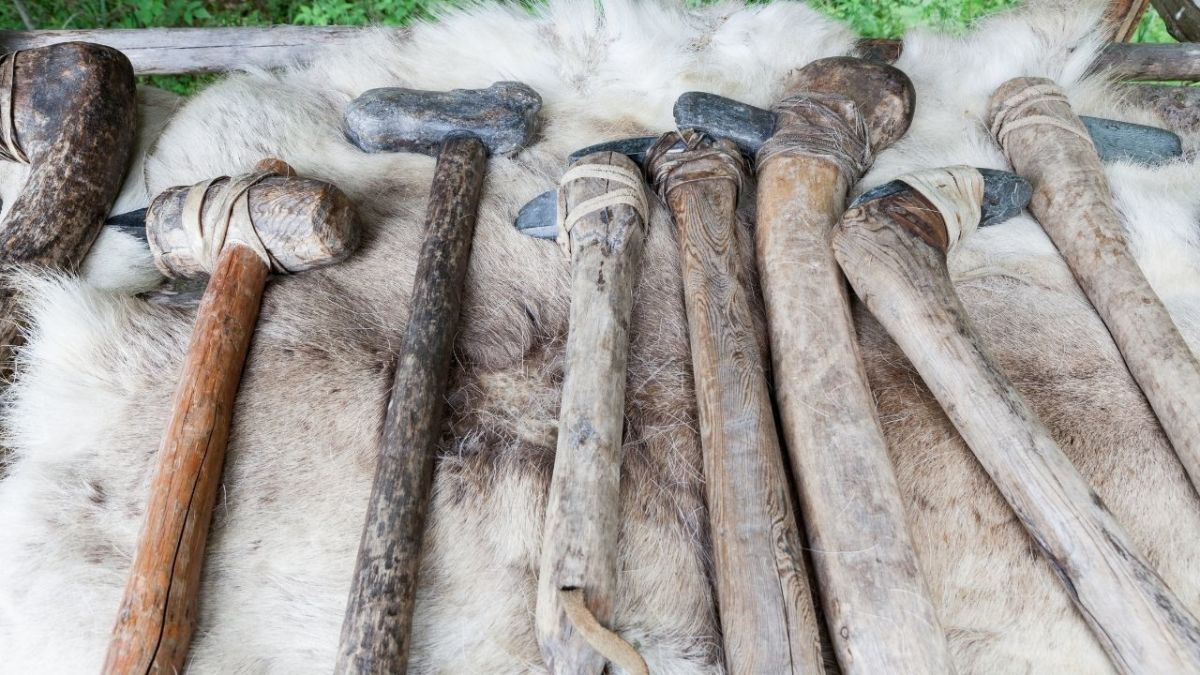
More Questions and Answers about Hunters and Gatherers
What does it mean to be a hunter-gatherer?
The culture of hunters and gatherers is a way of life based on hunting and fishing for animals and searching for wild vegetation and other nutrients such as honey for food. All humans practiced hunting and gathering until about 12,000 years ago.
What is an example of a hunter-gatherer?
Contemporary hunter-gatherers live in various corners around the world. Better-known groups include the San, also known as bushmen, from Southern Africa and the Sentinelese of the Andaman Islands in the Bay of Bengal, who are known for fiercely resisting any contact with the outside world.
Where did hunter-gatherers live?
Traces of hunter-gatherers have been found in North America in the interior Northwest Plateau, the Canadian Arctic and the American Southeast, as well as in South America, the Caribbean, Japan, parts of Australia, North Eurasia, and the Middle East.
What tools did hunter-gatherers use?
The people of the early Stone Age hunted with pointed sticks, such as spears. Later, they used bows and arrows and spears with flint or bone tips. People collected nuts and fruits and dug up roots with digging sticks. They fished with nets and harpoons.
Why did hunters and gatherers worship animals and trees?
Hunters and gatherers believed that forests and wild animals were sacred and needed to be revered. Animals should not be killed unless necessary. They also worshiped many animals by painting their images in caves or creating animal sculptures.
Conclusion on hunter-gatherer skills
All the methods and skills mentioned here require a lot of practice and further engagement with the topic.
Now you have an overview of the most important skills of hunters and gatherers. I have included many more links in the guide.
Start with one skill and slowly progress to others. Some skills simply require time and discipline to master.
Good luck trying them out, and don't forget to keep a playful attitude!

Sources for the guide
https://www.outdoorlife.com/blogs/survivalist/2012/03/survival-skills-animal-tracking-101/
https://www.geo.de/geolino/basteln/21332-rtkl-bogen-bauen-bastelt-pfeil-und-bogen
https://www.lernhelfer.de/schuelerlexikon/geschichte/artikel/jaeger-und-sammler
https://www.thesurvivalistblog.net/hunter-gatherer-skills/
https://www.restaurantnorman.com/what-skills-did-hunter-gatherers-need-to-survive/
https://www.planet-wissen.de/natur/klima/eiszeit/index.html

Author of the guide
Martin Gebhardt
Hey, I'm Martin. On my blog, you will learn the basics and numerous details about living in the wild. I think survival, bushcraft and the good life in nature are the keys to happiness. Find me here on Instagram or on YouTube. You can find more about my mission on the About Me page.
Was this guide helpful?
23 people found this guide helpful.
5.00 out of 5 points (23 Ratings)
Comments (0)
This post may contain affiliate links. So if you click on the links and make a purchase, I will receive a small commission at no additional cost to you. Click here, to learn more about it.


